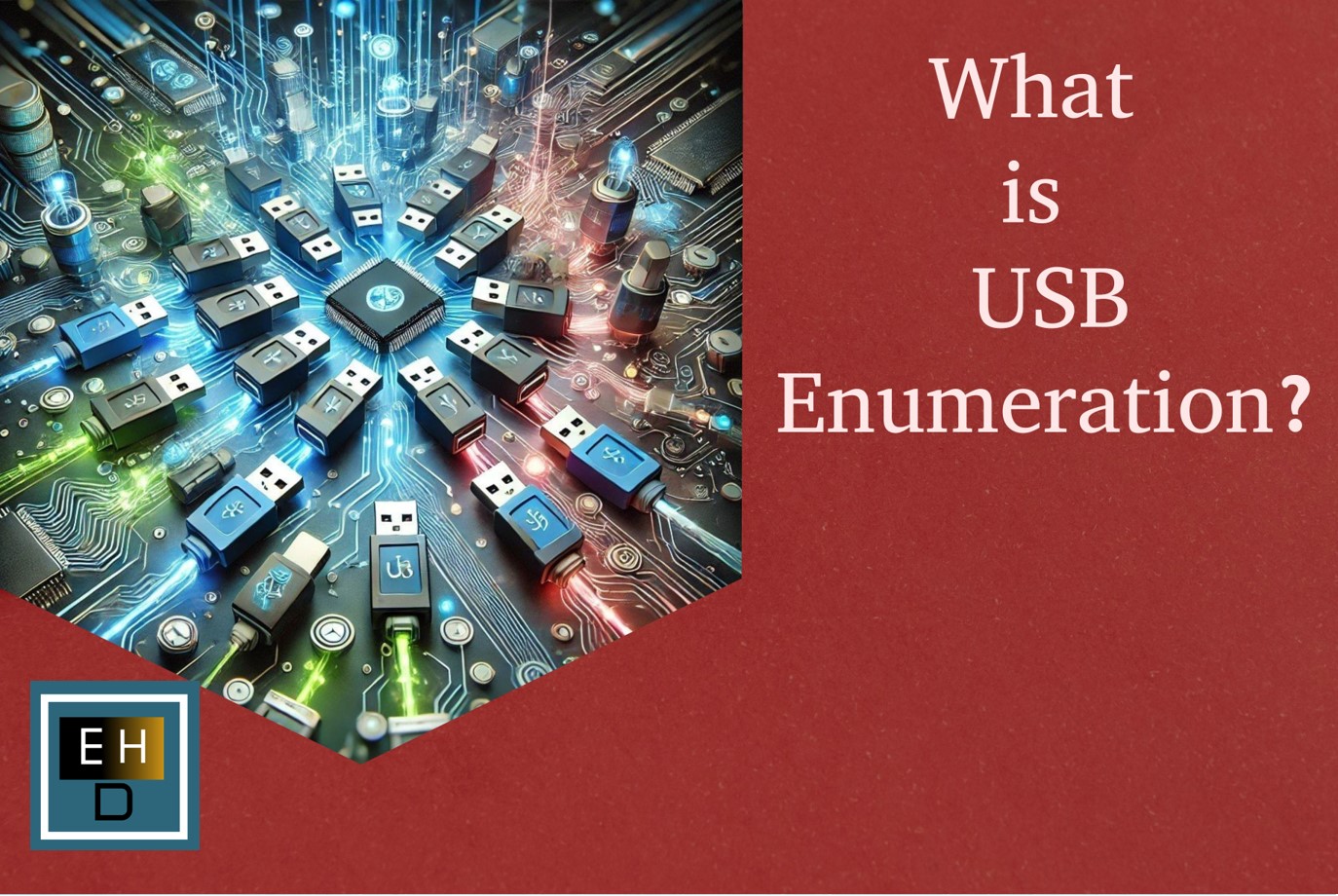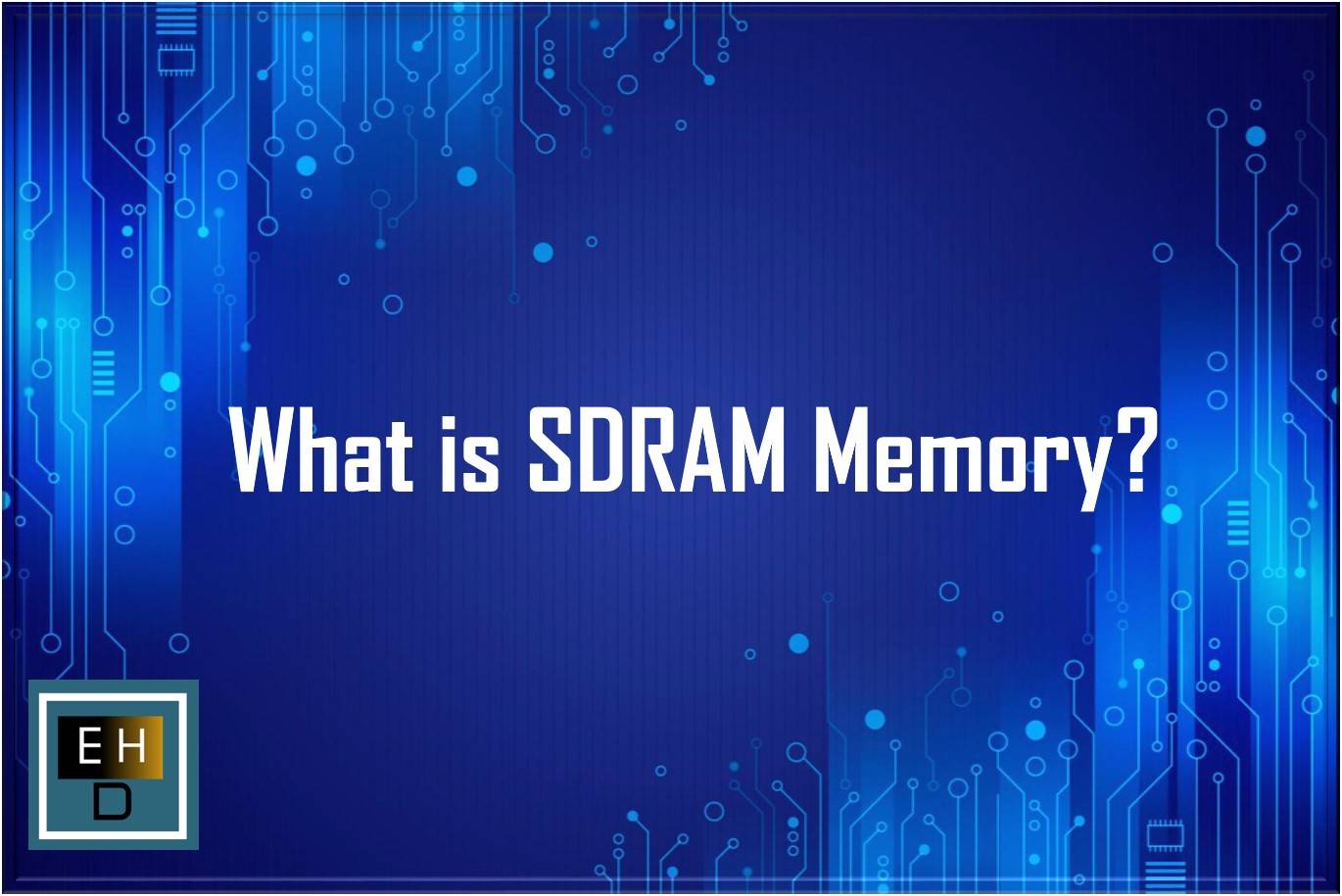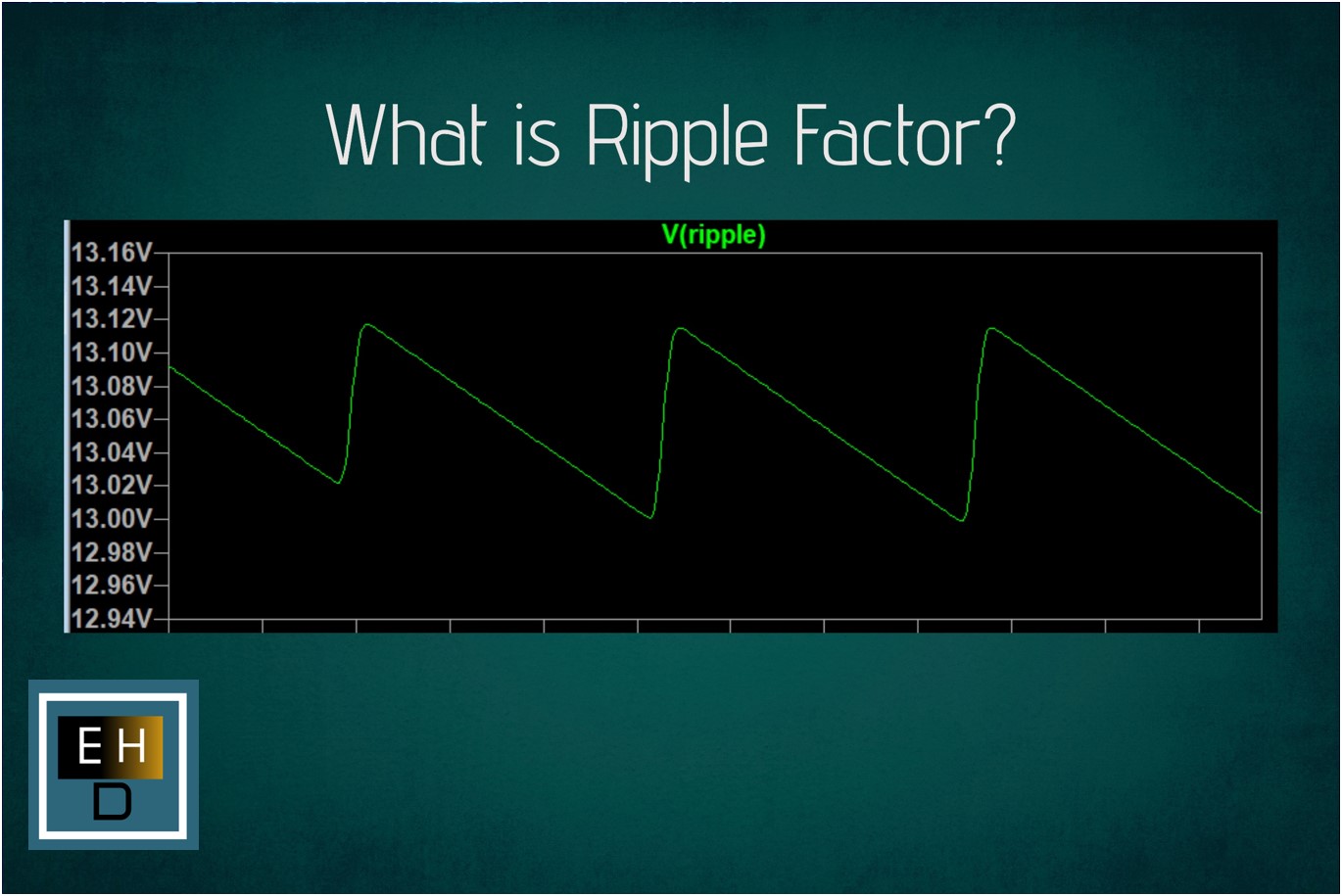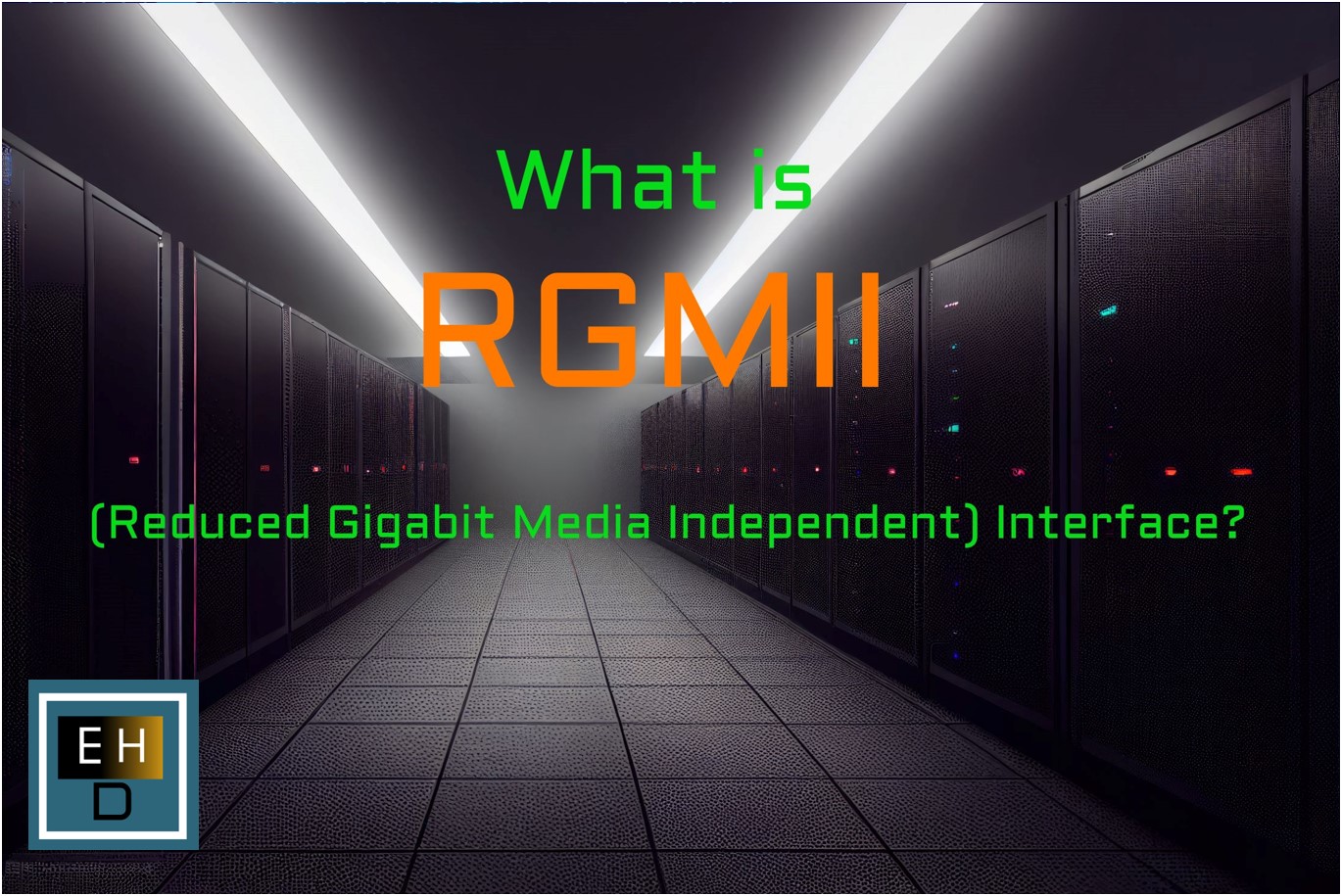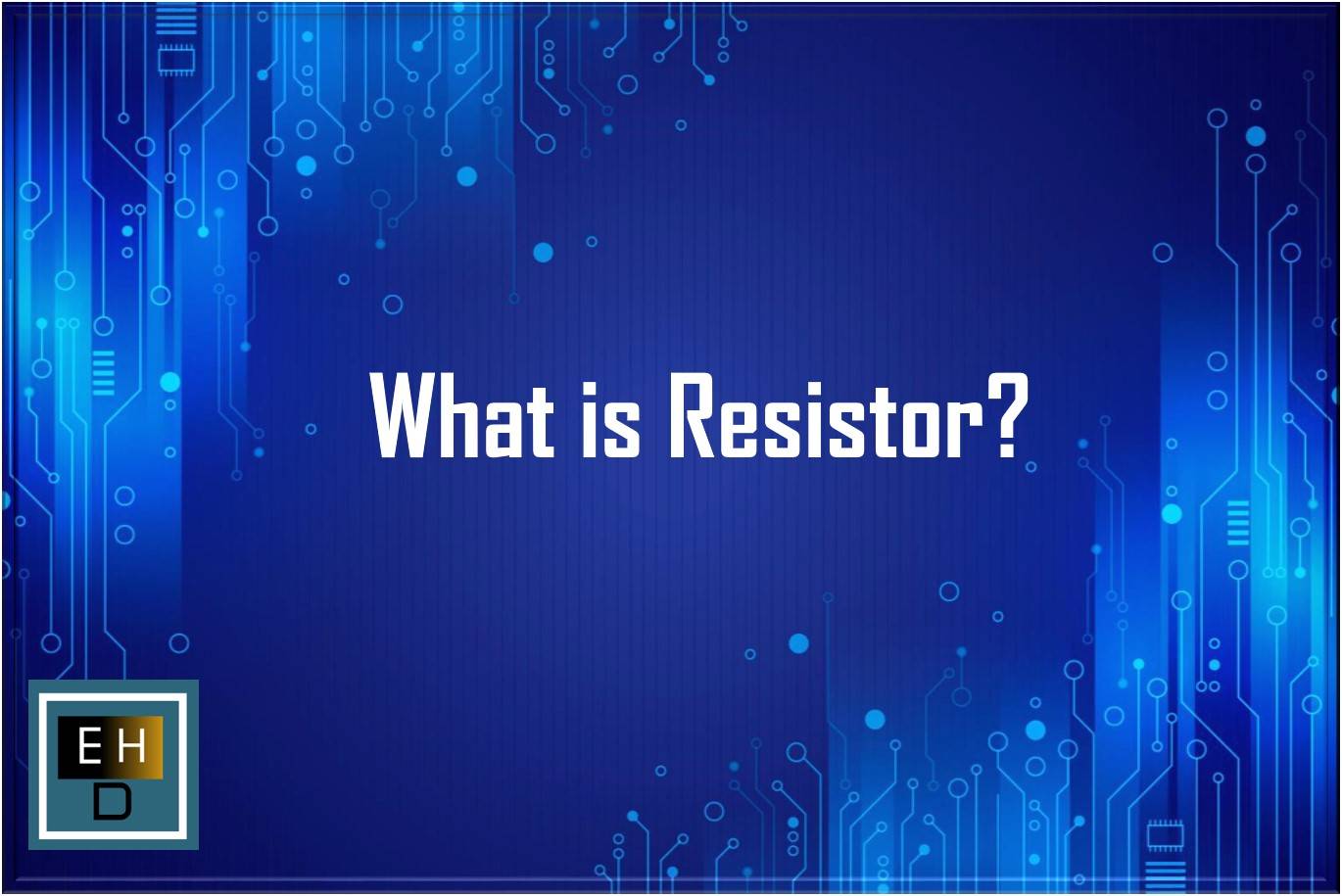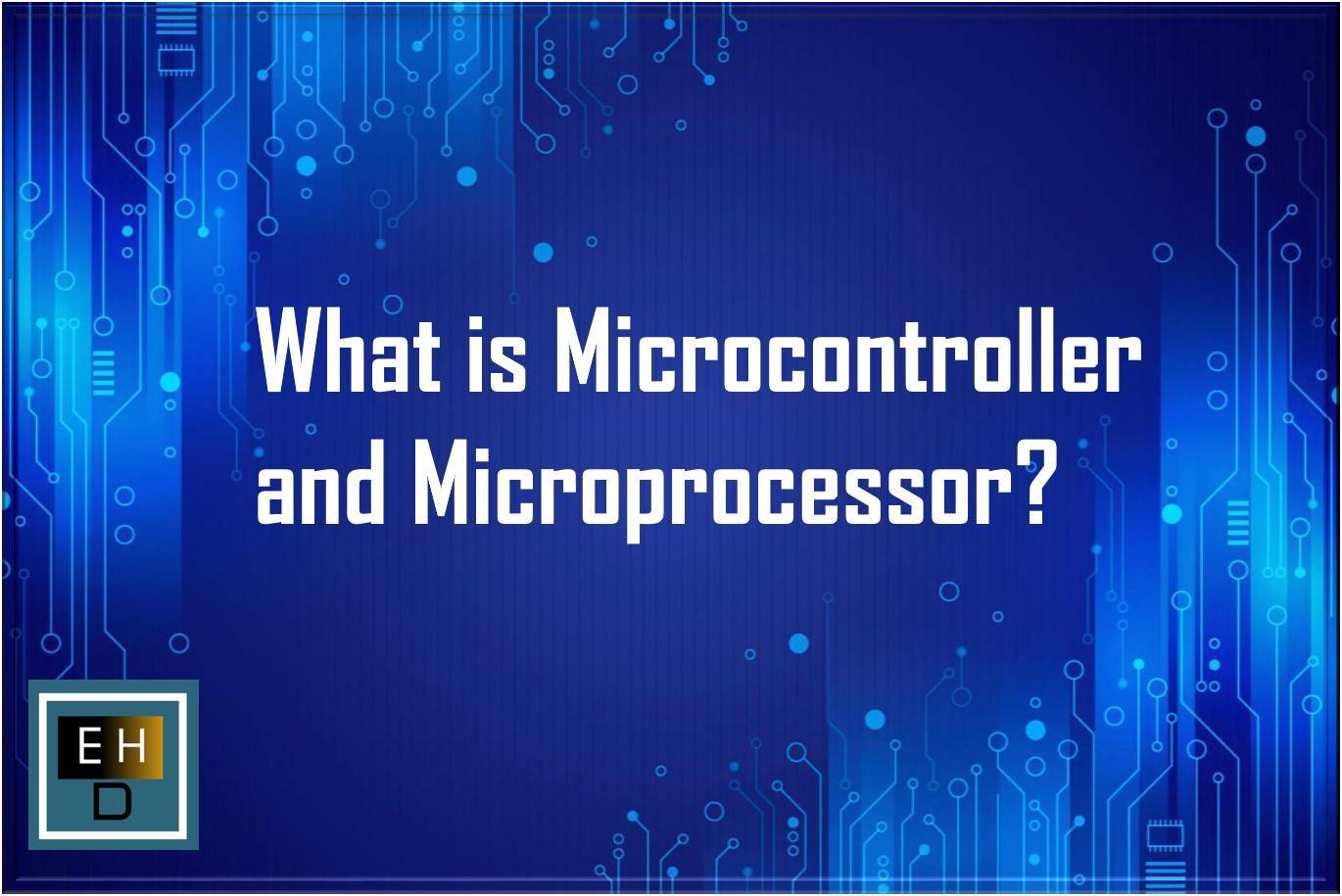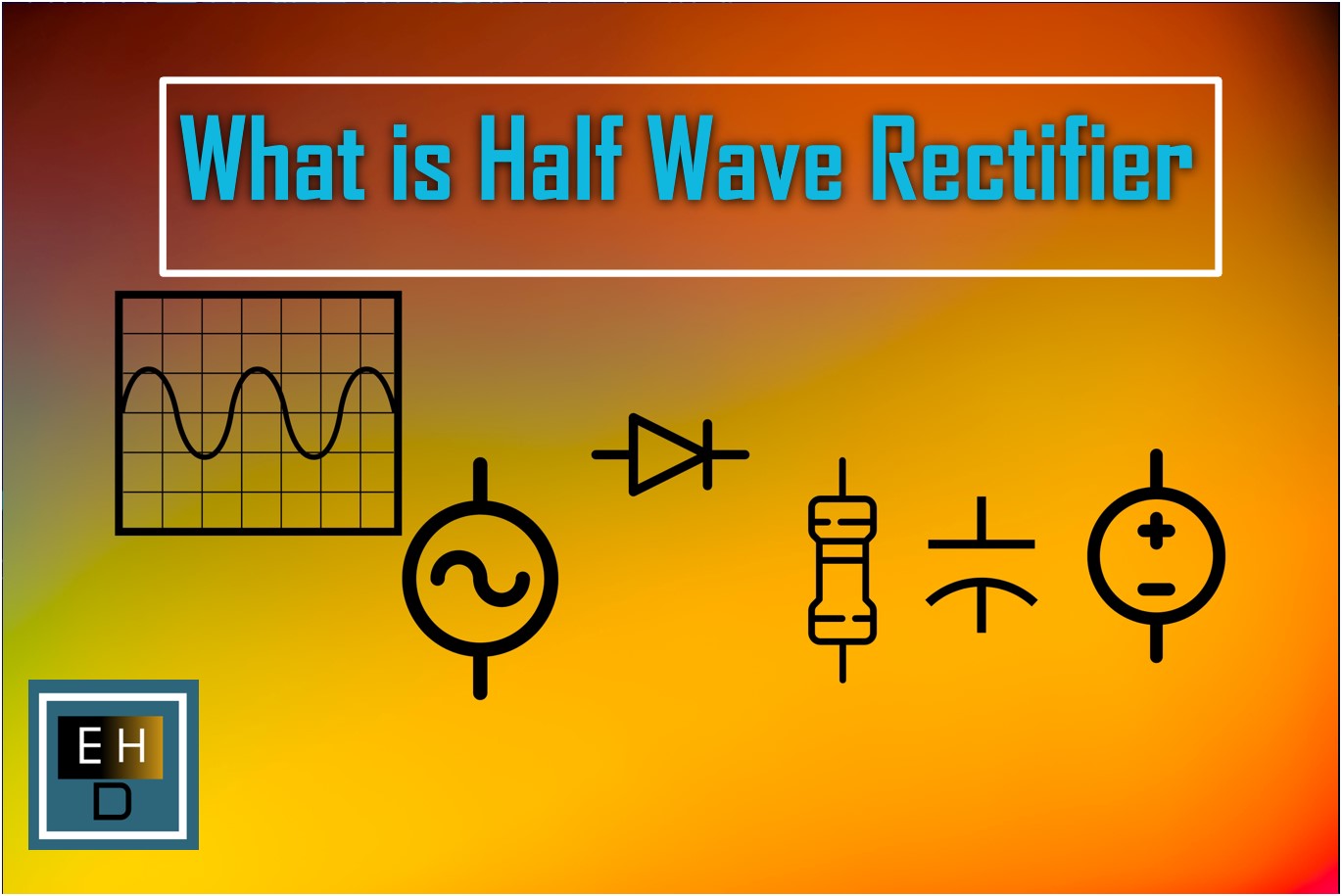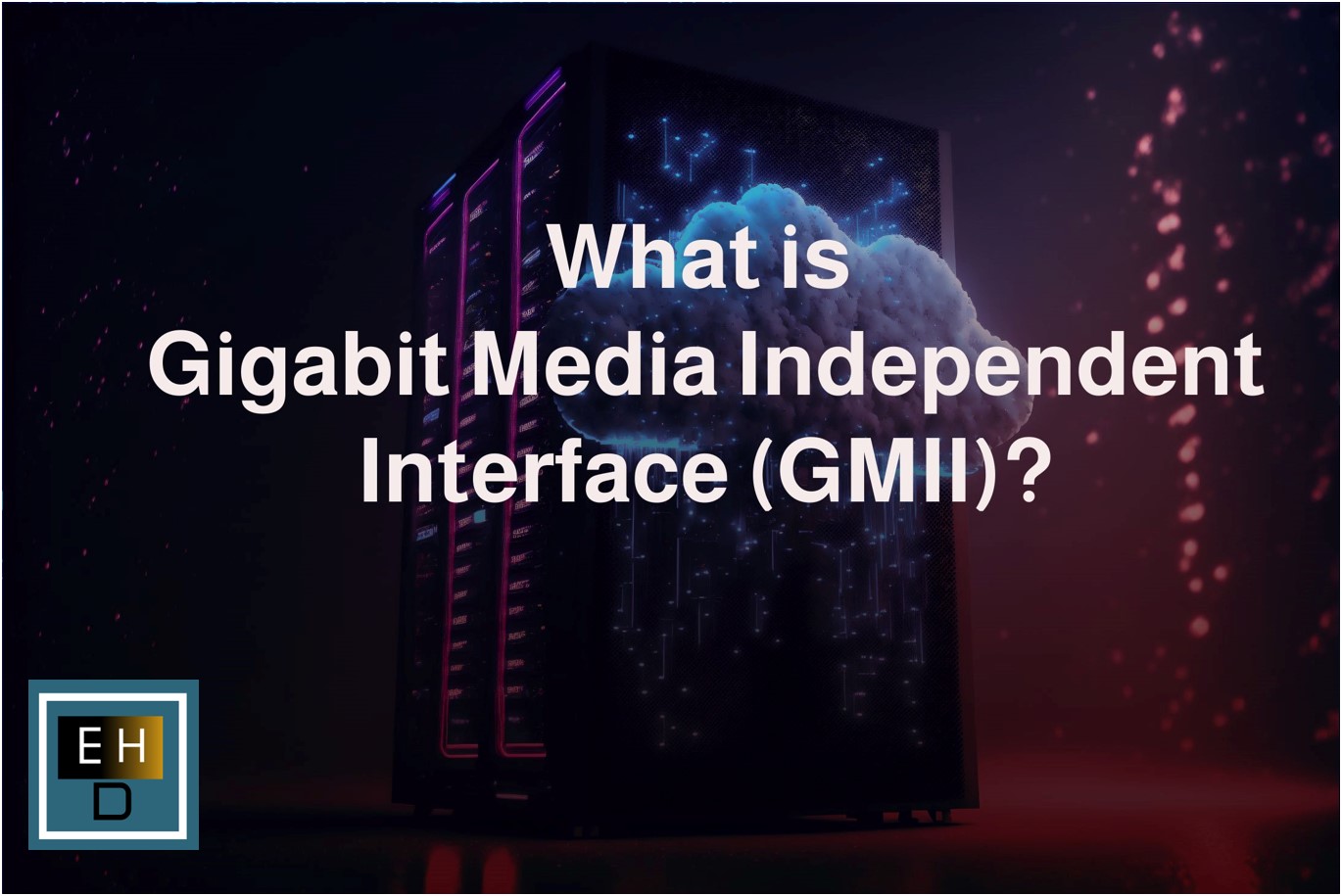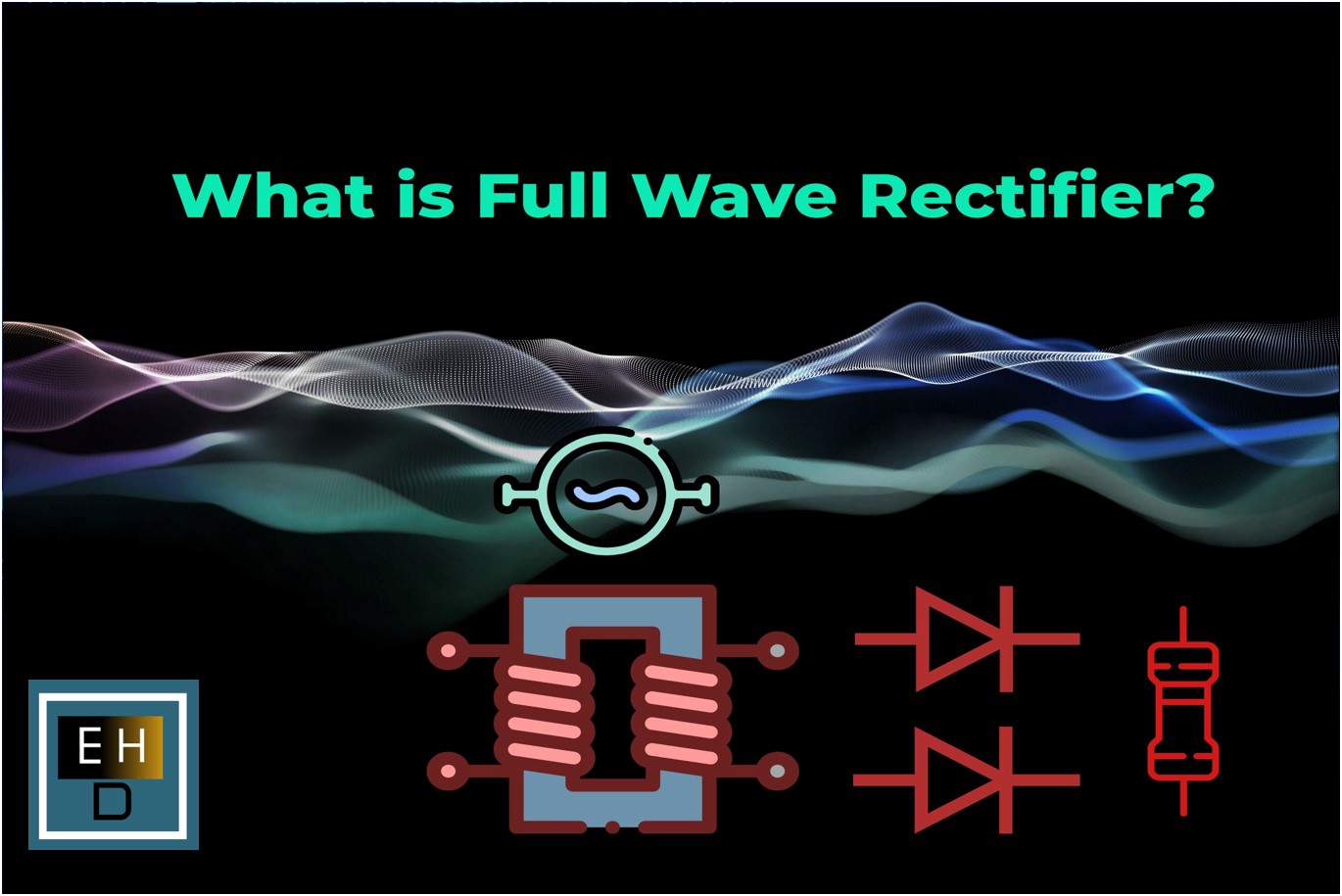The core components of an embedded system are Microcontrollers/Microprocessors, embedded memory (i.e. RAM, ROM, FLASH), I/O interface ports, serial communication protocols (i.e. SPI, I2C, UART), clock generators, ADC, DAC, power management blocks and power supplies.
In this blog post, you will gain substantial knowledge of embedded systems hardware, the core components of embedded systems hardware, and the various examples of embedded systems.
By reading this blog post you can understand the importance of the embedded system hardware and how the various components of embedded systems are connected to form a platform for the embedded system application. This reading will take you one step forward to design hardware for embedded system.
What is an Embedded System Hardware?
Embedded hardware is often embedded within larger mechanical or electrical systems or products to provide specific functionalities. They can be found in a wide range of applications, such as consumer electronics, automotive systems, industrial automation, medical devices, and more.
It enables automation, control, connectivity, and intelligent functionality in numerous devices and systems we encounter daily.
Now the question arises, Can embedded hardware work alone? The obvious answer is no. We need application software and a real-time operating system (RTOS) running on embedded hardware.
The combination of hardware, application software, and an RTOS is what constitutes an embedded system. A high-level block of embedded systems is shown below.
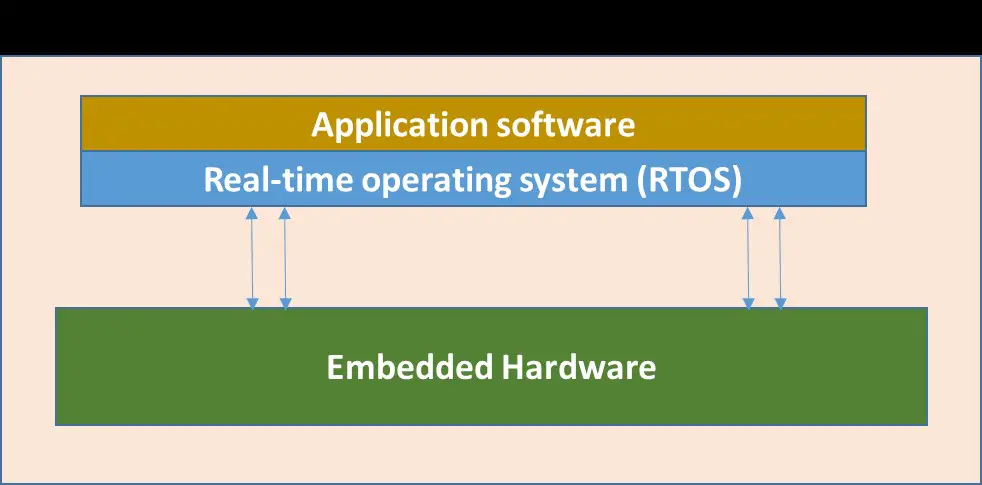
The combination of hardware, application software, and an RTOS allows embedded systems to be customized for specific applications and perform dedicated functions reliably and efficiently. Embedded systems are widely used in various industries and applications, ranging from consumer electronics to critical systems in the aerospace, healthcare, and automotive sectors.
What are the Components of Embedded System Hardware?
A generic block diagram of embedded hardware is shown below, depicting various components of the embedded system. We will look into each component of embedded hardware in detail.
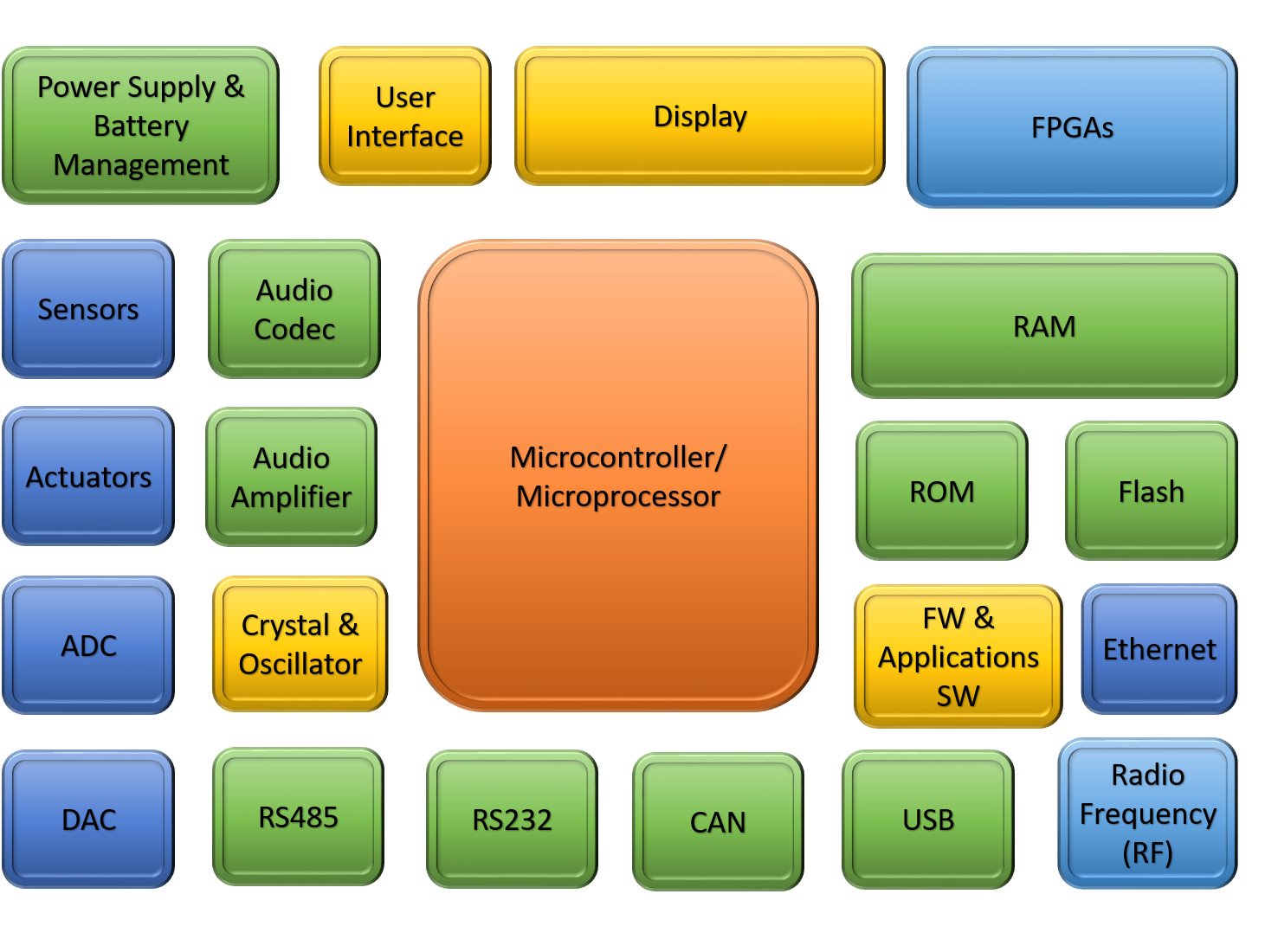
A microcontroller or microprocessor is embedded hardware’s core component but does not work alone. As shown in the block diagram there are several peripherals or devices including memory in the system to perform its tasks effectively.
Here are some components commonly found in embedded hardware, along with brief descriptions. As we continue our discussion, we will delve deeper into each of these components.
Microcontroller/Microprocessor:
A microcontroller or microprocessor is one of the core components of embedded system hardware. It is a small integrated circuit that contains a central processing unit (CPU), memory, and various peripherals. It serves as the “brain” of the system, responsible for executing instructions and managing the overall operation.
Also read: How to Select Microcontroller and Microprocessor for Your Design?
- A microcontroller is a compact integrated circuit that combines the CPU, memory, and peripherals into a single chip.
- It is designed specifically for specific applications, offering features like timers, communication interfaces, and digital I/O pins.
- This makes microcontrollers suitable for applications where size, cost, and power efficiency are important considerations.
- 8-bit, 16-bit, and 32-bit microcontrollers are widely used in embedded systems.
- Few example of popular microcontrollers are STM32F103xx from ST Microelectronics, PIC16F8xx &PC32Mxx from Microchip, MSP430xx from TI
- A microprocessor serves as the central processing unit (CPU) of an embedded system. Unlike a microcontroller, a microprocessor does not have integrated memory or peripherals.
- It is interfaced with external components, such as memory chips and peripheral devices, to fulfill the required functions.
- Microprocessors are commonly used in embedded systems that require higher processing power and flexibility. Since they don’t have integrated memory or peripherals, they provide greater flexibility in terms of customizing the system to specific requirements.
- They can be paired with different types of memory, interfaces, and peripherals based on the application’s needs. The NXP i.MX 6/7/8/9, Intel i3/5/7, AMD Ryzen 5/7/9, and TI Sitara Arm Processor family 335xx and AM62x are examples of microprocessors.
It’s important to note that while microprocessors offer more flexibility, they typically require additional components and design considerations compared to microcontrollers. The choice between a microcontroller and a microprocessor depends on the specific requirements and trade-offs of the embedded system being developed.
Embedded Memory:
There are different embedded memories used in embedded design and is also considered one of the primary components of embedded systems. As per requirements memory chips are selected and interfaced with microprocessors.
These include program memory (ROM or Flash) for storing firmware or software instructions and data memory (RAM) for storing variables and temporary data during program execution.
-
- Program memory, also known as firmware or software instructions storage memory, is where the executable code of the embedded system is stored. It contains the instructions that the processor executes to perform specific tasks. Common types of program memory in embedded systems include FLASH memory and ROM (Read-Only Memory).
- Data memory, on the other hand, is used for storing variables, data structures, and temporary data during program execution. It includes both volatile and non-volatile memory. Volatile memory, such as SRAM (Static Random Access Memory), provides fast access to data but loses its contents when power is removed. Non-volatile memory, such as EEPROM (Electrically Erasable Programmable.
Also Read : What is SDRAM Memory?
Peripherals:
Peripherals are also considered the core components of embedded system. Peripherals are the components or devices that are connected to the microprocessor to achieve the required functionality of the embedded system.
Various hardware components such as input devices (e.g., buttons, touchscreens), output devices (e.g., displays, LEDs, speakers), sensors (e.g., temperature, humidity), actuators (e.g., motors, solenoids), communication modules (e.g., Ethernet, Wi-Fi, Bluetooth) and so on.
Power Supply:
The Power supplies are considered the heart of the embedded systems and established as one of the core components of the embedded system. The power supplies are responsible for providing the necessary electrical power to the embedded system. These components include voltage regulators, batteries, or external power sources.
Different types of voltage regulators, such as LDO (Low Drop-Out), Buck converters, Boost converters, and Buck-Boost converters, are used based on the power supply requirements of the embedded hardware.
Clock Generators:
Clock Generators are the key components of the embedded system that provide the clock signals required for the proper operation of microcontrollers or microprocessors. These clock signals synchronize the timing of various operations within the system.
The clock generators generate stable and accurate clock signals with specific frequencies and waveforms. There are different types of clock generators used in embedded systems, including crystal oscillators, ceramic resonators, and clock generator ICs
The clock generator circuitry is typically connected to the microcontroller or microprocessor along with other relevant components (like capacitors, and resistors) to ensure a stable clock for operation throughout different environmental conditions.
Communication Interfaces:
Microcontrollers and microprocessors communicate with peripherals and other devices or systems using various communication protocols. These protocols define the rules and standards for data exchange and communication between different components.
A few communication protocols are UART, SPI, I2C, Ethernet, USB, CAN, wireless protocols, and many more. Hence communication protocols are also considered the key components of embedded system.
External Memory Interfaces:
Allow the connection of external memory devices, such as Flash memory, EEPROM, or SD cards, to expand the storage capacity of the system.
Analog-to-Digital Converter (ADC) and Digital-to-Analog Converter (DAC):
Convert analog signals (e.g., from sensors) to digital signals and vice versa, enabling the system to interface with analog devices. The importance of the ADC and DAC can not be underestimated in embedded system design hence ADC and DAC are also considered the key components of embedded system.
Power Management:
Power management is an essential component of embedded systems. It involves regulating and managing the power consumption of the system to ensure efficient operation and maximize battery life in portable devices.
Power management components, such as voltage regulators, power switches, and power management ICs, are used to control the power supply, adjust voltage levels, enable power-saving modes, and optimize energy usage
Examples of Embedded Systems
Here are a few examples of applications where embedded systems are commonly used:
- Consumer Electronics: Embedded systems are found in devices such as smartphones, tablets, smart TVs, gaming consoles, digital cameras, and home appliances, providing enhanced functionality and user experiences.
- Automotive Systems: Embedded systems are crucial in modern automobiles, controlling functions like engine management, anti-lock braking system (ABS), airbag deployment, entertainment systems, GPS navigation, and advanced driver-assistance systems (ADAS).
- Industrial Automation: Embedded systems are extensively used in industrial settings for process control, monitoring, and automation. They control machinery, robotics, data acquisition, and communication systems, improving productivity and efficiency.
- Healthcare: Medical devices and equipment, such as patient monitoring systems, diagnostic equipment, infusion pumps, and implantable devices, rely on embedded systems for accurate data acquisition, real-time processing, and precise control.
- Aerospace and Defence: Embedded systems play a vital role in aerospace and defense applications, including avionics systems, flight control systems, radar systems, communication systems, and unmanned aerial vehicles (UAVs).
- Internet of Things (IoT): The IoT relies heavily on embedded systems for connecting and controlling devices in various domains, including smart homes, smart cities, industrial IoT, agriculture, and environmental monitoring.
- Energy Management: Embedded systems are used in smart grid systems, renewable energy management, power distribution, and energy monitoring to optimize energy usage and enhance efficiency.
- Security Systems: Embedded systems are utilized in security and surveillance systems, access control systems, biometric identification systems, and encryption/decryption systems to ensure safety and data protection.
These are just a few examples, and the applications of embedded systems span across various industries, demonstrating their versatility and significance in modern technology.
Conclusion
The components of embedded system mentioned above are just some of the core ones found in embedded system hardware. Depending on the specific requirements of the application, there can be various other components that can be incorporated into the embedded system. Finally, these components work together to create a functional and customized embedded system that meets the specific requirements of the intended application.
Author Profile
- 20+ years embedded hardware design professional with a burning passion for teaching. Sharing the intricate world of embedded hardware is my mission and joy.
Latest entries
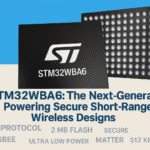 Tech Updates30 November 2025STM32WBA6: The Next-Generation MCU Powering Secure Short-Range Wireless Designs
Tech Updates30 November 2025STM32WBA6: The Next-Generation MCU Powering Secure Short-Range Wireless Designs Blogs24 November 2025High-Speed PCB Layout Design Guide-104
Blogs24 November 2025High-Speed PCB Layout Design Guide-104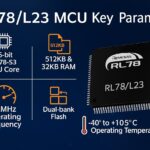 Tech Updates14 September 2025Renesas Launches RL78/L23 Ultra-Low-Power MCUs to Power Smarter Home Appliances
Tech Updates14 September 2025Renesas Launches RL78/L23 Ultra-Low-Power MCUs to Power Smarter Home Appliances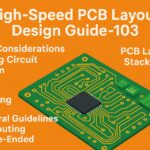 Blogs7 September 2025High-Speed PCB Layout Design Guide-103
Blogs7 September 2025High-Speed PCB Layout Design Guide-103

